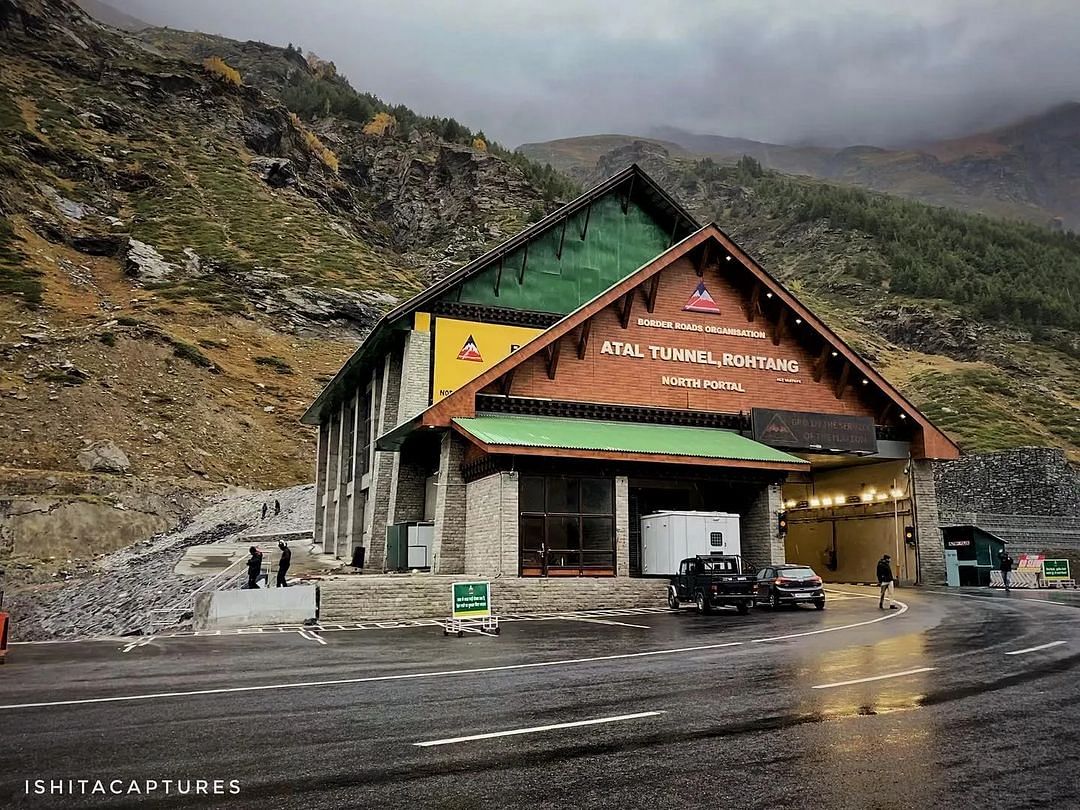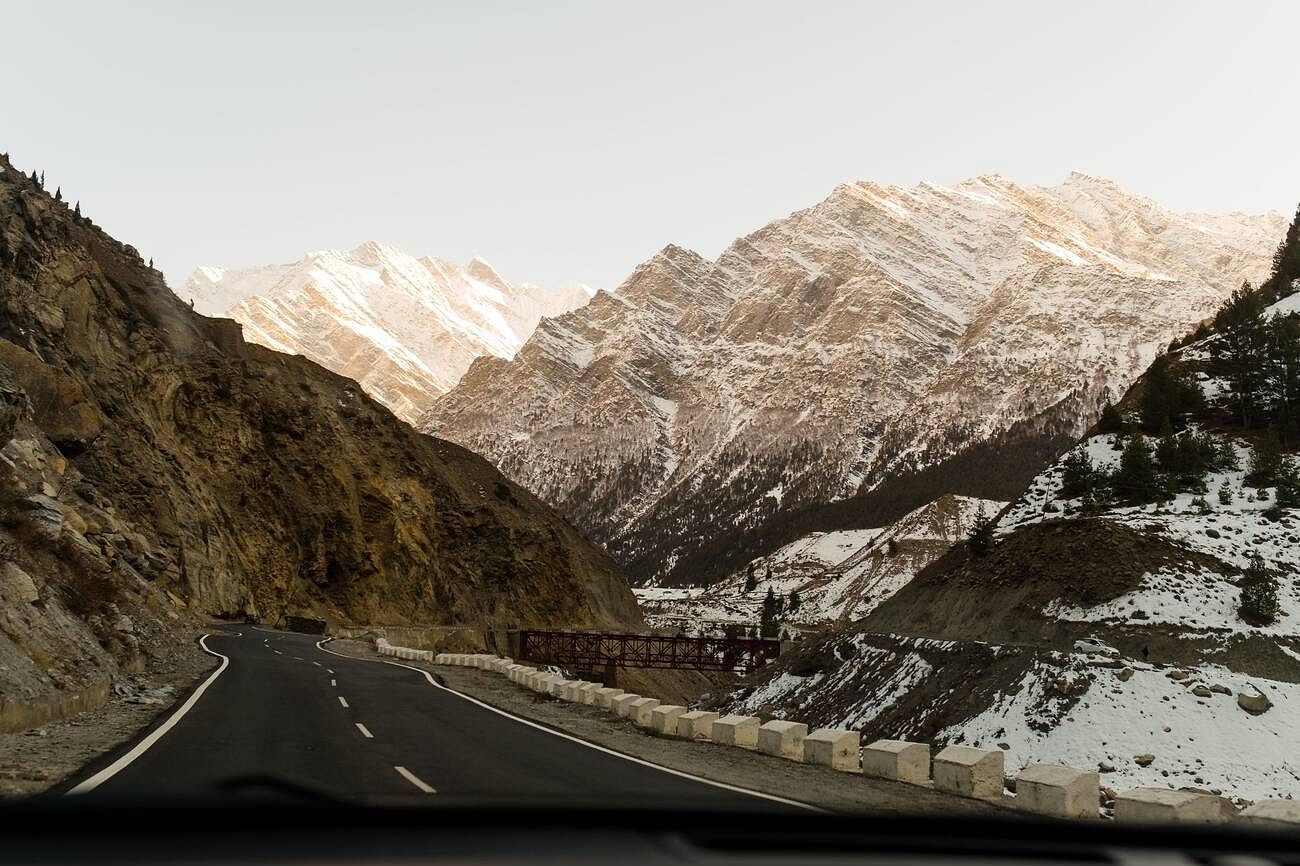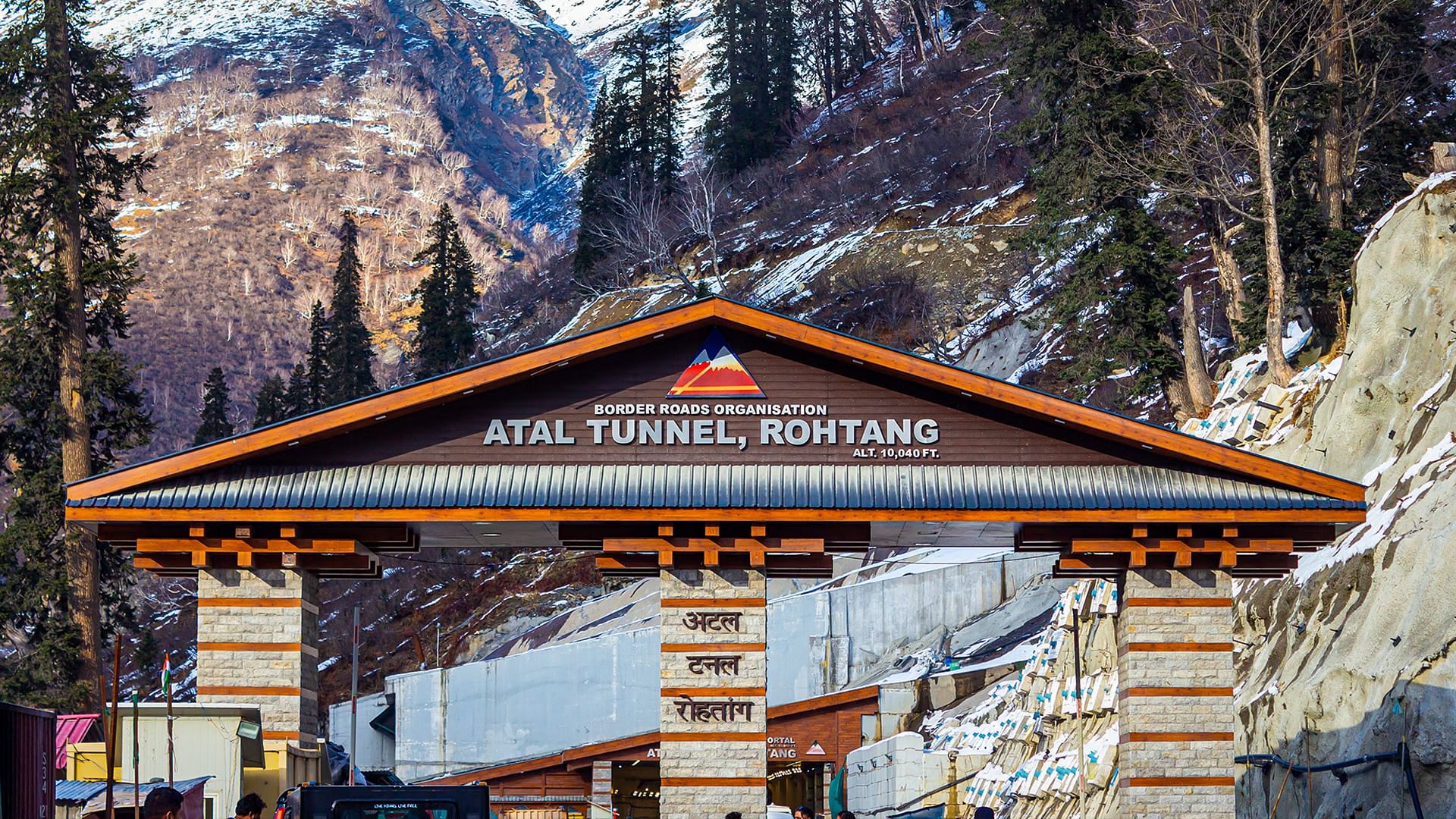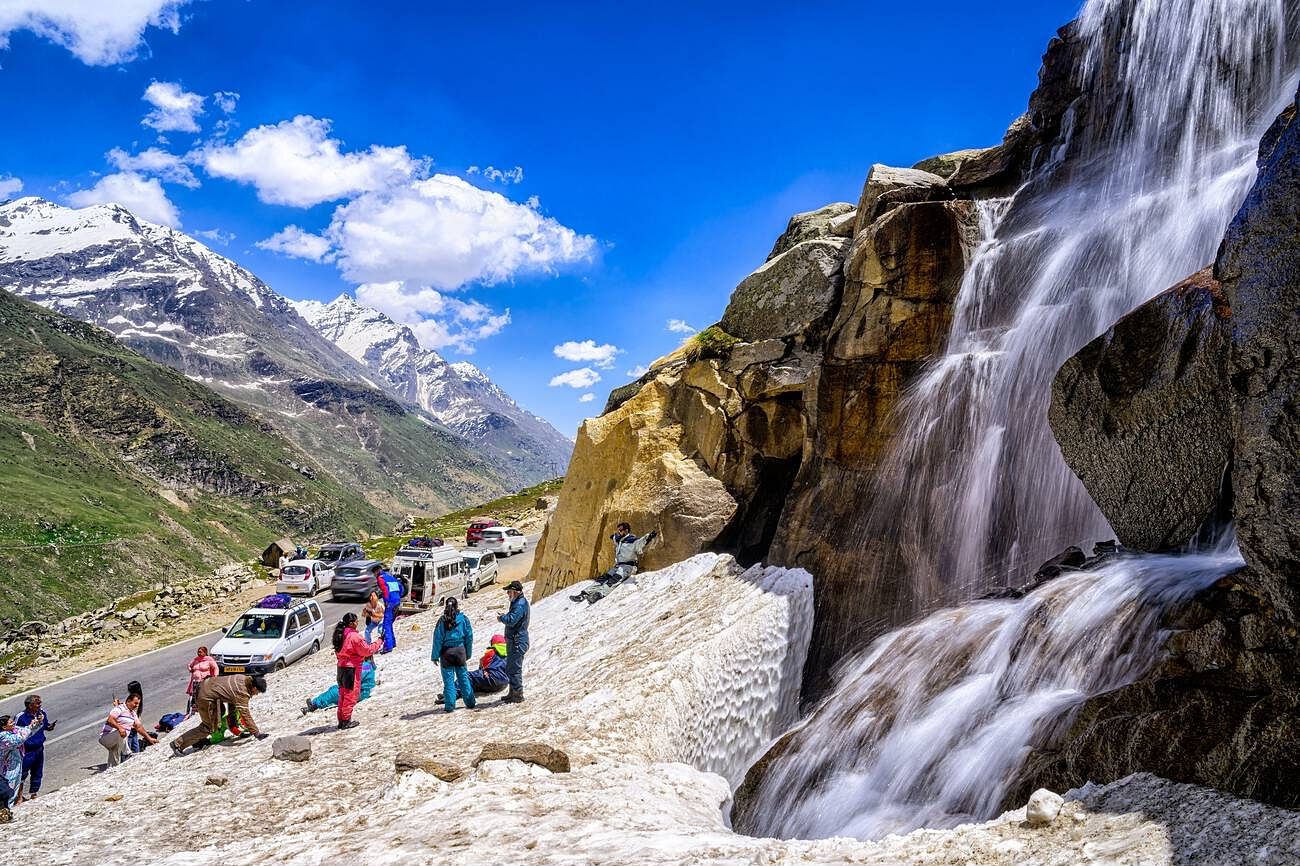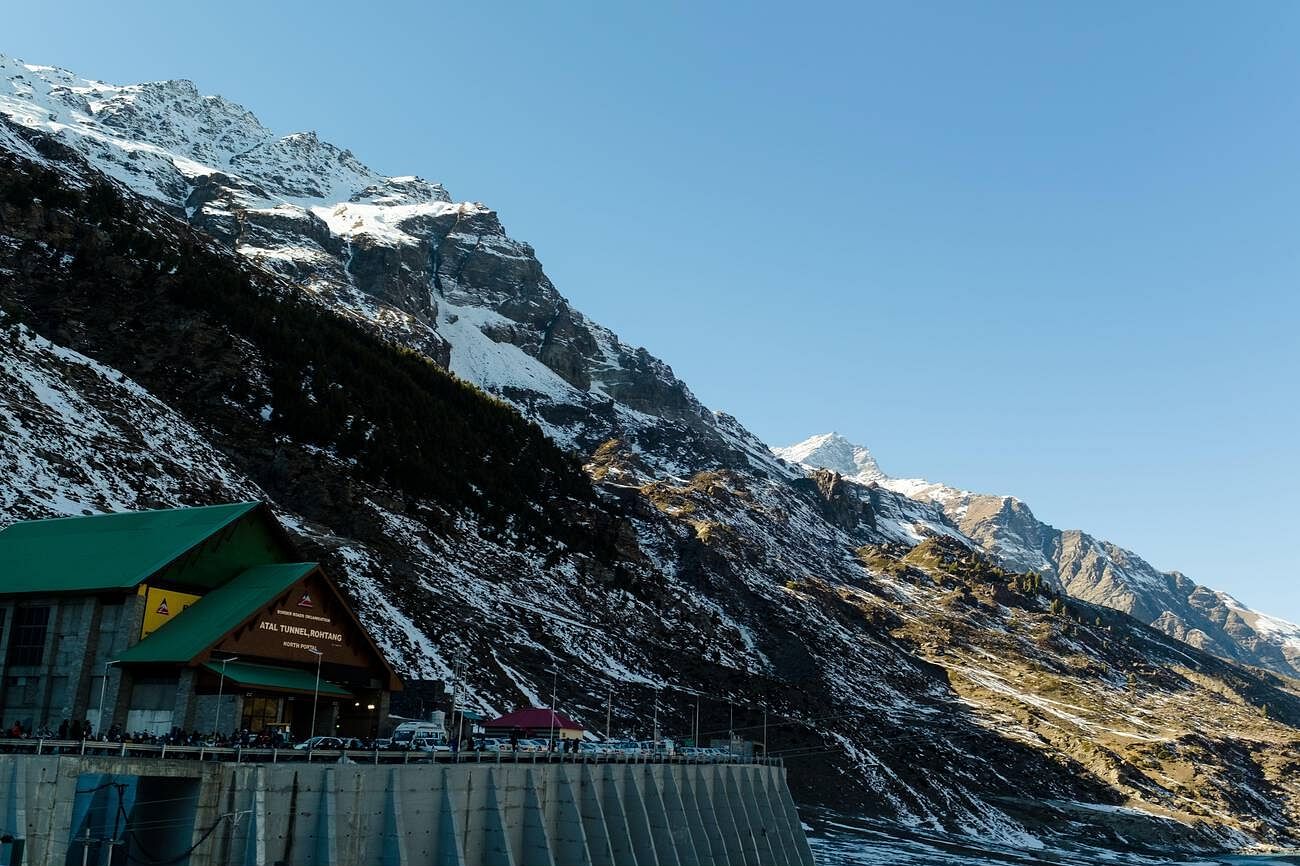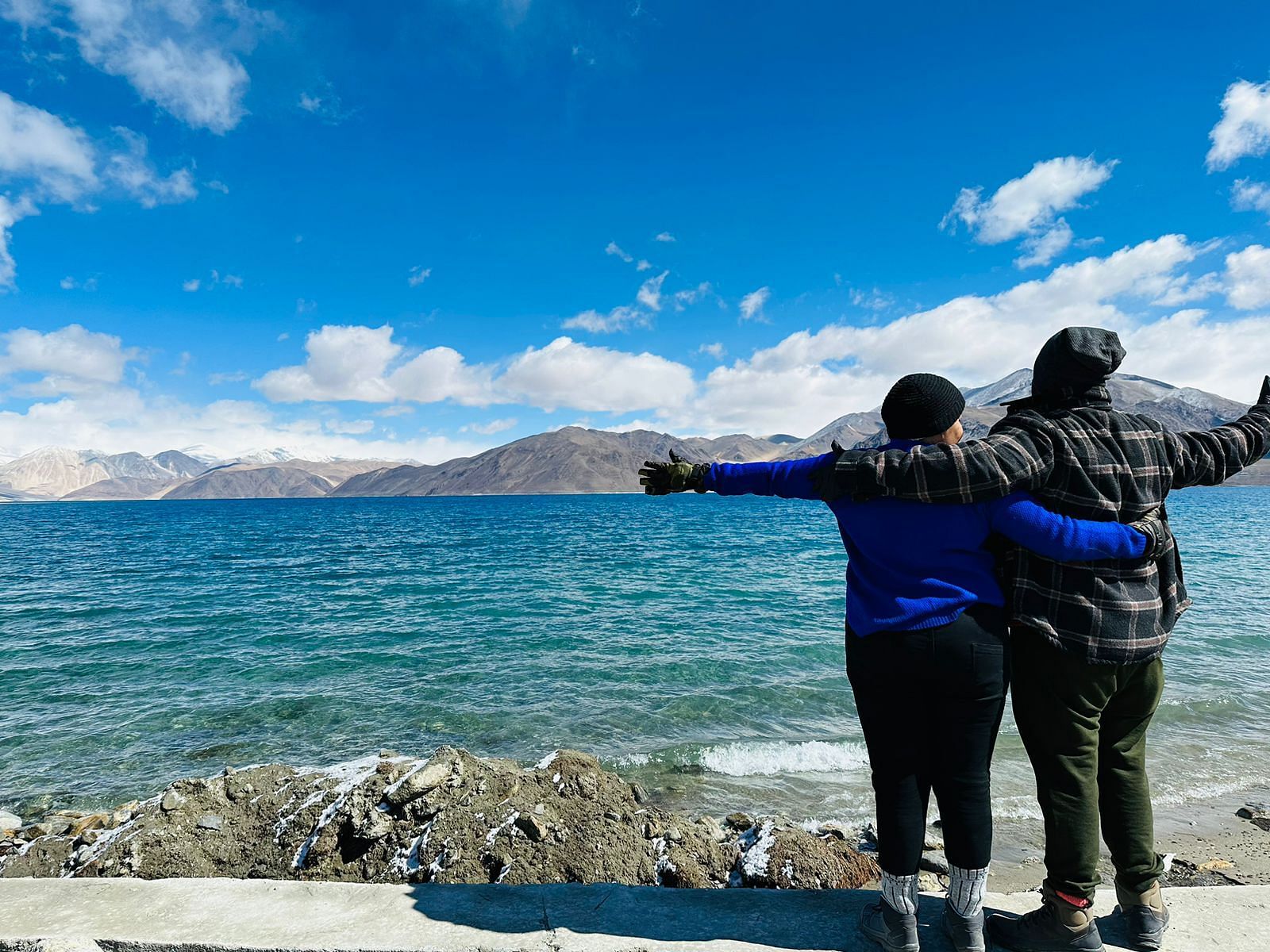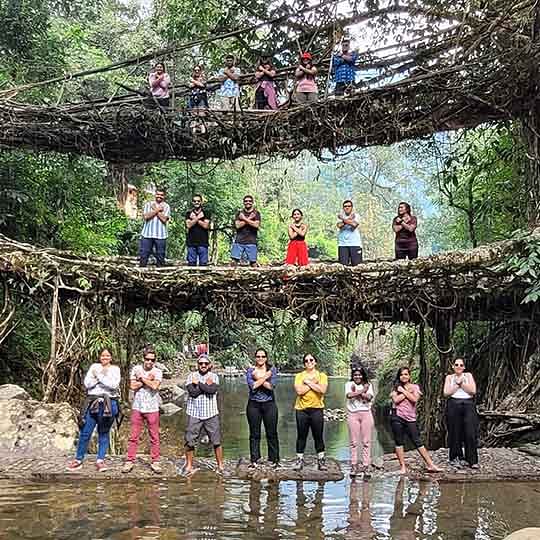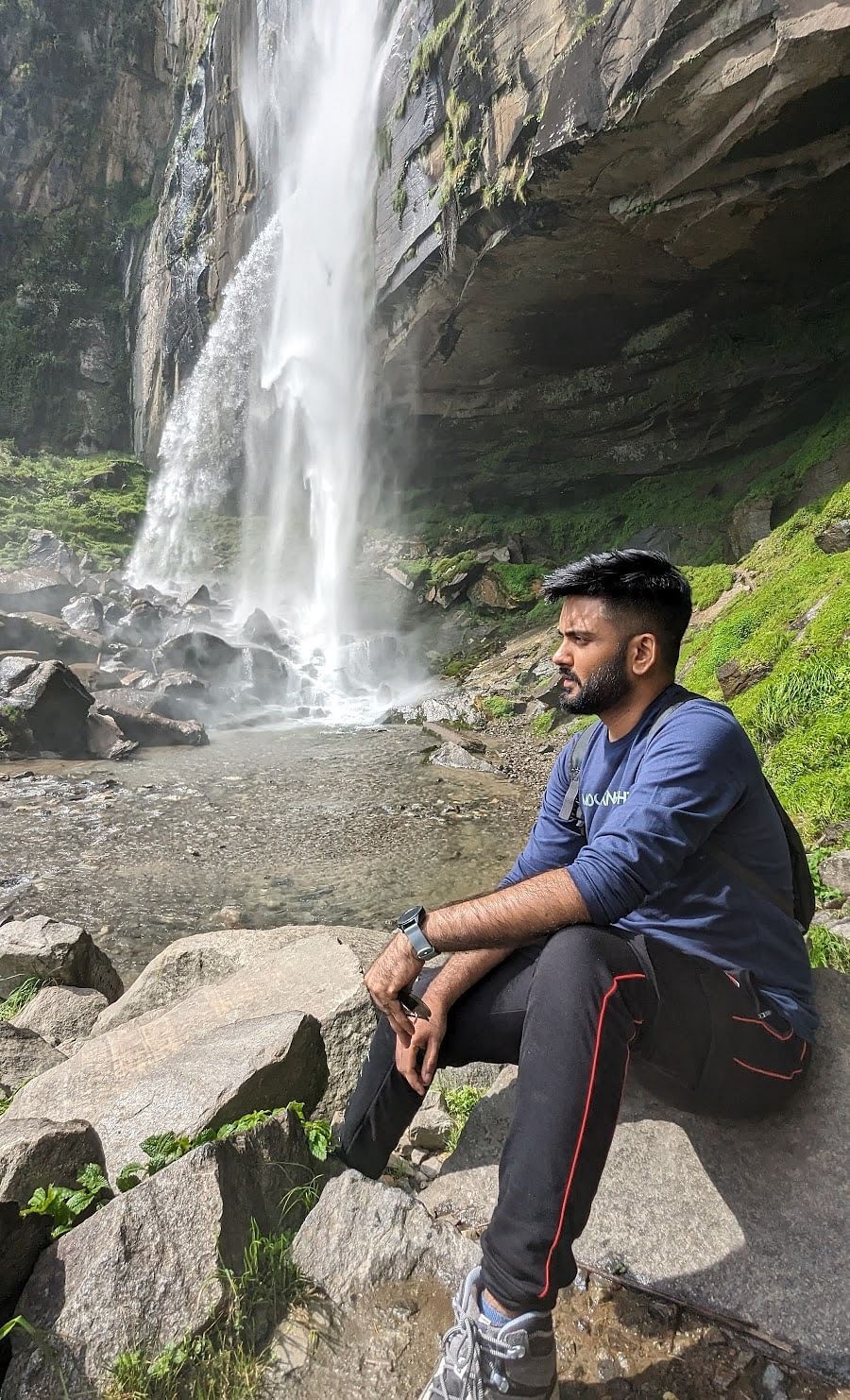Exploring the best Himachal Pradesh tour packages? Include Atal Tunnel Manali! Previously known as the Rohtang Tunnel, it is the world's longest highway tunnel. It links Manali and Lahaul, providing a faster and safer route, especially during winter when the Rohtang Pass is closed due to heavy snowfall.
The Atal Tunnel route is well-lit and well-ventilated, ensuring a comfortable drive. It is the gateway to many destinations in Himachal, making the journeys adventurous and memorable.
Prime Minister Narendra Modi inaugurated the Atal Tunnel in Manali on 3rd October 2020. It is named after the former Prime Minister Atal Bihari Vajpayee. It offers a new lifeline to the people in Lahaul and Spiti by providing better connectivity and boosting tourism in the region.
Explore everything from timings, fees, the best time to visit, and how to reach Atal Tunnel.
- Atal Tunnel Length: 9.02 km
- Width: 10m
- Elevation: Approximately 3,100 metres above sea level.
- Ticket Cost:
- Above 18 years: ₹100/- per person
- Between 12 to 18 years: ₹50/- per person
- Below 12 years: Free
- Guided Tours: ₹250/- for a group of 10 tourists
- Guided Tours: ₹350/- for a group of up to 15 tourists
- Timings: Open 24 hours
- Solang Valley To Atal Tunnel Distance: 12.1 km
- Manali To Atal Tunnel Distance: 25 km
- Atal Tunnel Location: Himachal Pradesh
How Is The Atal Tunnel Important?
Here’s how the Atal Tunnel plays a major role in various factors:
- Atal Tunnel reduces road distance and time between Manali and Leh by 4 to 5 hours.
- It provides all-year connectivity to Ladakh and bypasses Rohtang Pass.
- The tunnel benefits the country’s armed forces as it provides year-round connectivity to the border areas.
- The tunnel also boosted tourism in the Lahaul Valley.
Best Things To Do At Atal Tunnel
At the Atal Tunnel in Himachal Pradesh, you can enjoy activities such as:
- Photography of the majestic mountains and the engineering marvel of the tunnel itself.
- Scenic drives through the breathtaking landscapes.
- Exploring some trekking in the Lahaul Valley.
- Interacting with the locals to learn about their culture and traditions.
What Is The Best Time To Visit Atal Tunnel?
The best time to visit Atal tunnel and the nearby areas is Summer (March to June). During this time, the weather is nice, so you can enjoy outdoor fun in Solang Valley and Lahaul-Spiti.
- Autumn (September to November)
Autumn (September to November) offers clear skies and cool weather, making it another good time to visit.
Keep in mind that the Atal tunnel temperature stays cool year-round, so carry light jackets even during summer visits.
Suggested Read: 50 Best Places To Visit In Himachal Pradesh 2024
How To Reach Atal Tunnel?
- By Air: Fly to Bhuntar Airport (50 km from Manali). Then take a taxi or bus to Manali, and drive to the tunnel from there.
- By Road: The tunnel is 25 km from Manali. You can drive there in about 30-40 minutes by car or taxi.
- By Train: Go to Joginder Nagar railway station (165 km from Manali). Then take a taxi or a bus to reach the tunnel.
History And Backstory Of Atal Tunnel
The idea for a tunnel under Rohtang Pass started in the 1980s. People wanted a road that would stay open all year to reach Lahaul-Spiti Valley, which gets cut off for about six months every year because of heavy snow.
In 2000, Prime Minister Atal Bihari Vajpayee decided to make this tunnel project happen. He understood that this road was very important for both regular people and the army, especially since it connects to Leh-Ladakh near India's northern borders.
The Border Roads Organization (BRO) started building the tunnel in June 2010. It was very difficult because of tough mountain conditions, extreme cold, and dangerous avalanches. After almost 10 years of hard work, the tunnel was finally completed.
Prime Minister Narendra Modi opened the Atal Tunnel on October 3, 2020.
The main problem this tunnel solved was the dangerous Rohtang Pass road. This old route would often close because of heavy snow in winter and landslides during rain. Now with the tunnel, people can travel to Lahaul-Spiti and Leh throughout the year. This helps local people, tourists, and India's military forces.
Architecture And Engineering Of Atal Tunnel
The tunnel used huge amounts of building materials:
- Steel: 14,508 metric tonnes of steel were used in construction.
- Cement: 2,37,596 metric tonnes of cement were needed to build the tunnel.
- Excavation: Workers had to dig out 14 lakh cubic metres of soil and rocks to make space for the tunnel.
- Construction Method: They used two main techniques - the "drill and blast" method to break through the mountain, and the "New Austrian Tunnelling method" to actually build the tunnel structure.
- Length: The tunnel is 9.02 km long, making it the world's longest highway tunnel built at such a high mountain level.
These numbers show just how massive this construction project was and how much material and work were needed to cut through the tough Himalayan mountains.
Atal Tunnel Specifications:
- Height: It sits 10,171 feet (3,100 metres) above sea level and goes through the Pir Panjal mountains in the Himalayas.
- Road Size: The tunnel has a two-lane road that is 10.5 metres wide, so cars can go both ways at the same time.
- Safety Equipment: The tunnel has modern safety systems like security cameras, fire alarms, air quality checks, and emergency exits every 500 metres.
- Air System: It has an automatic ventilation system that keeps the air inside fresh and safe for people traveling through.
- Atal Tunnel Start and End Point: The tunnel connects Manali (south side) to the Lahaul-Spiti Valley (north side), providing a direct route that bypasses the dangerous Rohtang Pass.
Tips For Visiting The Atal Tunnel
- Wear sunglasses to protect your eyes from the snow.
- Use sunscreen to avoid getting burned.
- Wear light warm clothes in summer and heavy wool clothes in winter and spring. However, remember that the tunnel might be closed in winter.
- Also, Rohtang Pass closes in winter. This means tourists must go to Manali through Solang Valley only.




